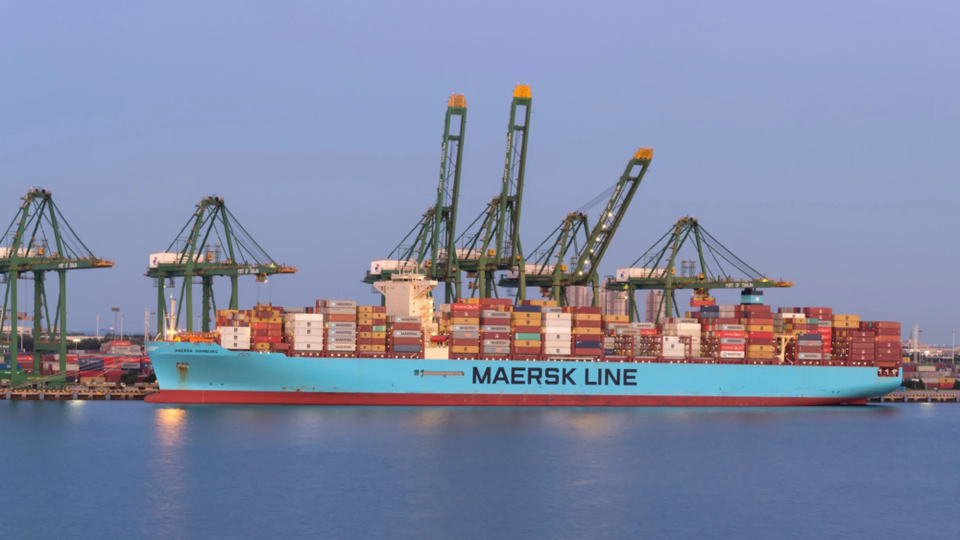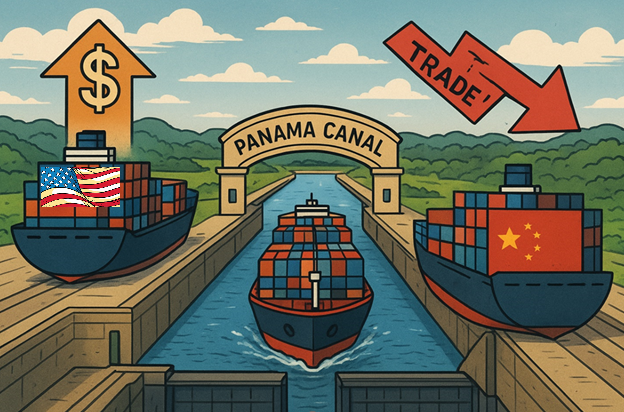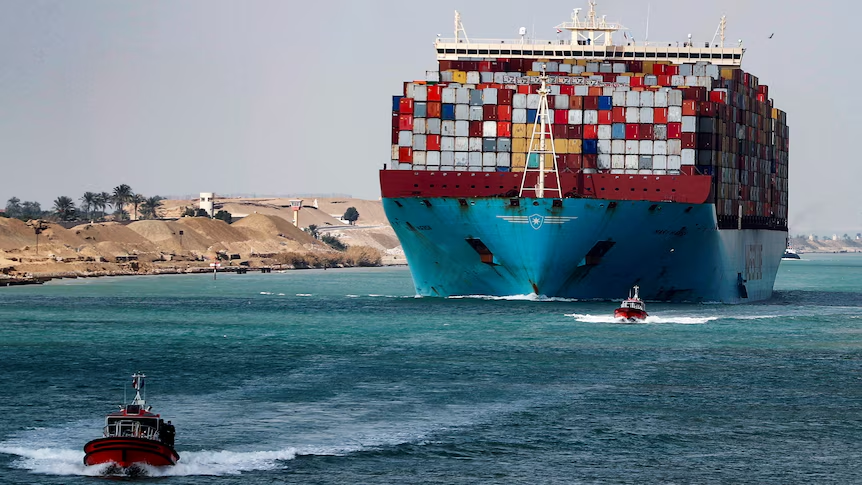As we pass the mid-point of 2025, the dry bulk sector is showing signs of stabilisation with slight growth, though the road has been far from linear. The first half of the year was marked by a fragile recovery in geared segments — Supramax and Handysize — supported by stable demand and persistent logistical disruptions.
The Baltic Supramax Index (BSI), after starting the year near 930 points, declined to a low 602 in early February, reflecting seasonal softness and cargo hesitancy, particularly in Asia. Since then, the index has rebounded steadily, breaching the 1,125-point mark in early July. This equates to TCE earnings in the $14, 222/day compared to about $7, 500/day of February, with fixtures reaching as high about $22, 000 TCE ex-US Gulf into
Asia and about $25, 000 TCE ex-US Gulf to Mediterranean. Fixings out of Southeast Asia, notably Indonesia–China coal runs, have shown daily rates in the mid-$13,000s. Also the market in west-Africa and East Coast South america pushes with fixtures around 15, 000 dollars per day for trips into fareast and 25, 000 dollars per day for trips into the mediterranean
The Handysize segment followed a similar trajectory but with lower volatility. The Baltic Handysize Index (BHSI) rose from a mid-February low of ~370 to over 639 by early July. On a TCE basis, this reflects earnings of about $11500/day compared to about $6,700/day of february, with standout rates observed in the Atlantic: shipments from the US Gulf to Europe/Med fixed around $15, 000s, while grains from West Africa via East Coast South America for same directions fetched mid-$17,000/day.
While trips with clean cargo from the Mediterranean to US Gulf and East Coast South America lie around $8, 000/day and around $7, 000/day relatively.
From a macroeconomic point of view, the continued Red Sea disruptions and security concerns around the Suez Canal keeps reshaping tonne-mile demand, adding voyage length and creating tonnage imbalances that benefit each segment.
For instance, just yesterday, the Liberian-flagged, Greek-operated bulk carrier Eternity C was struck by rocket about 50 nautical miles southwest of Hodeidah. This followed a separate strike on Magic Seas the day before, which sank.
Both the assault are attributed to Iran-backed Houthi rebels.
The U.S. tariff outlook, with threats of renewed blanket duties on Chinese, North American and Europe imports, is also forcing shifts in commodity trade flows — particularly in steel, aluminum, and grains. Should these policies be enacted, they could further distort demand patterns through Q3.
On the demand side, India remain a key stabilizer, with robust imports of coal and fertilizers supporting Handysize and Supramax employment. Meanwhile, China’s bulk appetite continues to soften and the demand picture in North Asia remains subdued.
On the supply side, fleet expansion remains a looming concern. Despite the recent firming in earnings, demolition activity remains sluggish. The global orderbook for geared vessels — especially eco-design Handysizes — continues to expand, potentially putting downward pressure on rates toward the end of the year.
The market’s resilience in H1 2025 should not be mistaken for a recovery but rather as a readjustment within a long stagnation. While Supramax and Handysize rates have found renewed strength, the sector remains finely balanced between evolving trade flows, policy risks, and overcapacity threats.
Whether this turns out to be a temporary reprieve or the beginning of a more sustained rebalancing will depend heavily on how the next round of geopolitical and regulatory shocks unfold.






